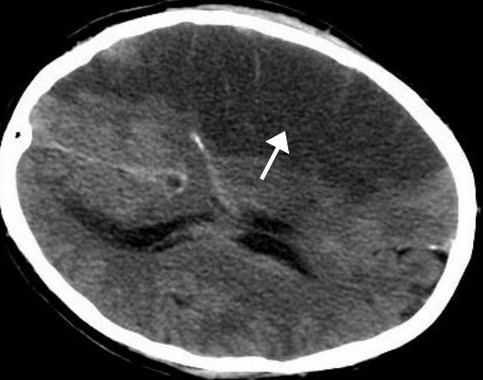Stroke, or a "brain attack," was the second most frequent cause of death worldwide in 2013 after coronary artery disease.
In the United States, stroke is a leading cause of disability and the fourth leading cause of death. Over 70 percent of strokes in the U.S. occur at home.
Despite these grim statistics, it's sobering to note only 63 percent of Americans live within a one hour drive from what doctors call a "comprehensive stroke center (CSC)" where patients can get the best possible stroke care. Some 23 percent live within a one hour flight of a CSC.
But these results only came from a simulation where 20 CSCs are operational in each state. That isn't the case today.
Doctors have long realized the critical importance of treating stroke victims as quickly as possible to minimize the amount of long-term damage stroke inflicts on its victims, said a study published online in Neurology.
Once a stroke is recognized, prehospital providers must be able to rapidly deliver patients to appropriate centers, making the geographic accessibility of these centers critically important, said the study according to Medical News.
The study authors used a virtual trial simulating how long it would take patients to access stroke care if there were changes to the current systems of treatment. The system the U.S. currently has consists of CSCs and certain hospitals designated primary stroke centers (PSCs) that are the first responders to a stroke victim.
Researchers decided to create virtual models to estimate what percentage of the population would have access to a CSC after selectively converting a number of PSCs to CSCs.
After converting more PSCs to CSCs, researchers found that only 63 percent would live within a one hour drive of a CSC, with an additional 23 percent within a one hour flight of one.
"Even under optimal conditions, many people may not have rapid access to comprehensive stroke centers, and without oversight and population level planning, actual systems of care are likely to be substantially worse than these optimized models," said study author Dr. Michael Mullen.
He noted research has shown that specialized stroke care in a CSC has the potential to reduce death and disability.
"Stroke is a time-critical disease. Each second after a stroke begins, brain cells die, so it is critically important that specialized stroke care be rapidly accessible to the population."
Based on the study, the authors recommend at least 20 CSCs per state, but believe the actual number might be much lower.



























